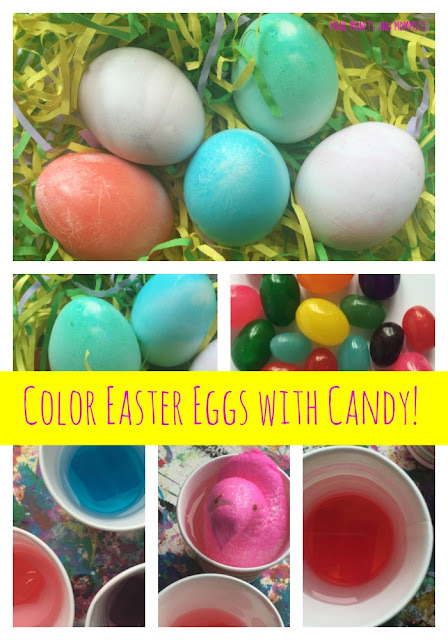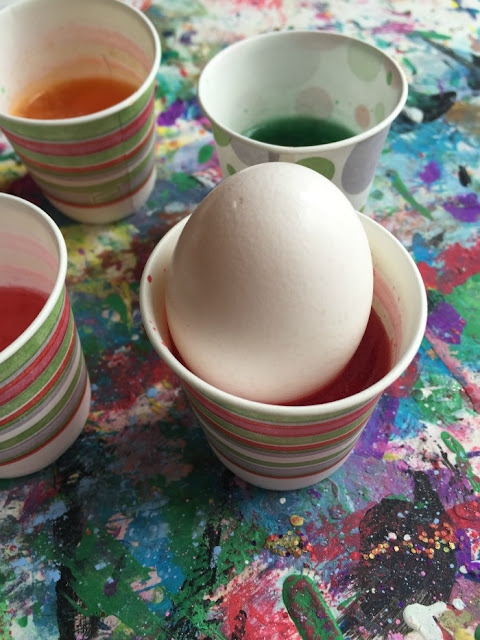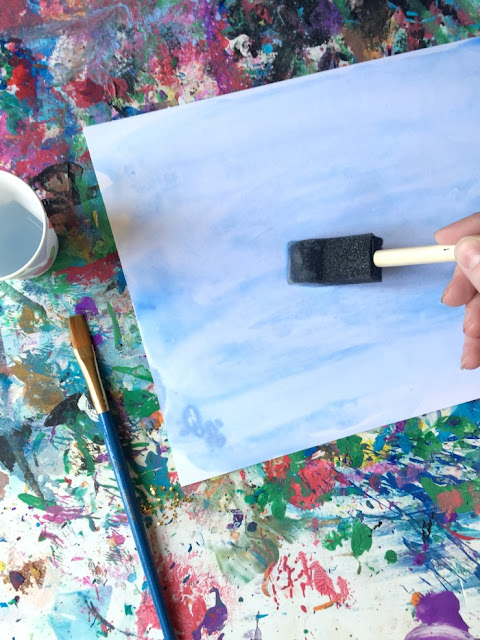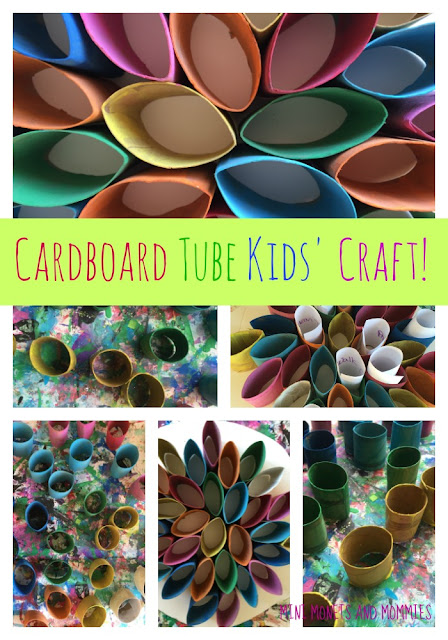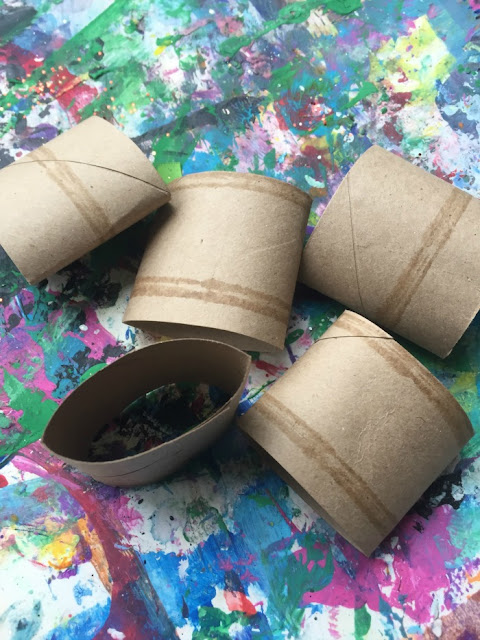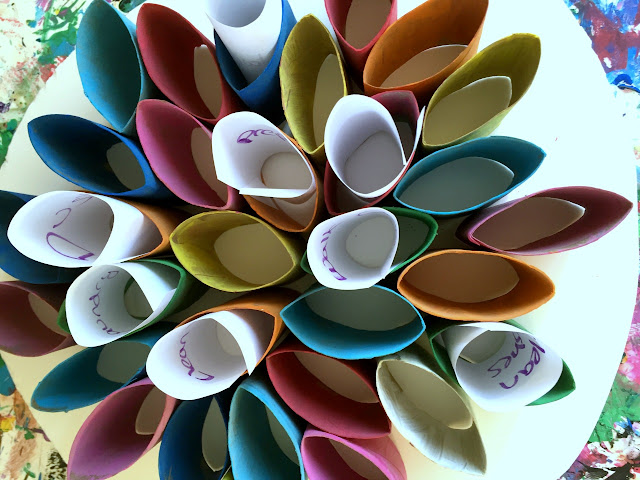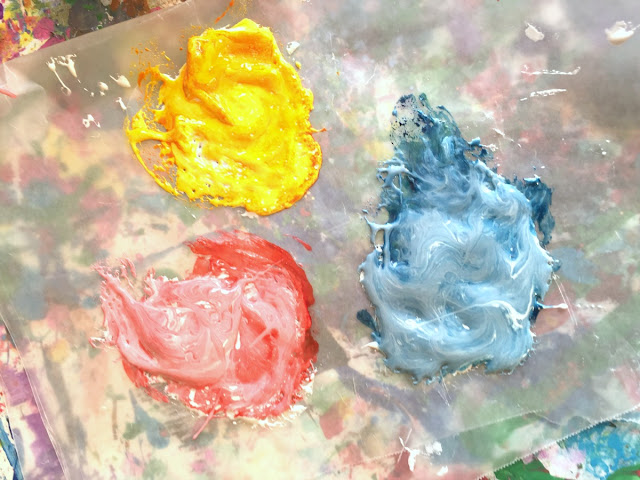I’ve never
been a fan of using food in art. But, jelly beans aren’t exactly one of the
major food groups (unless you happen to be Will Ferrell in ‘Elf’), so I didn’t
feel horrible about not eating the candy. After my hips thanked me for using
the candy to dye Easter eggs, I figured that I might as well try some other
options.
For this
artsy activity I used:
·
Jelly
beans (I tried a second go-around, this time letting the egg soak much longer
in a different color of bean)
·
Marshmallow
Peeps
·
Hard
candy
Not only is
this a kind of creative alternative to regular ol’ Easter egg dye, but it’s
also a great option if you don’t want the kids downing their entire Easter
basket in one morning. You can also use ‘older’ candy. I’m not saying that I
always shove the leftover holiday candy into the back of the cupboard in hopes
that no one will see it and I’ll get to eat it all (and then forget about it). But,
I may just have a secret, and almost-ancient, stash of candy canes, jelly beans
and Halloween pumpkin-shaped sprinkles lurking in my pantry.
On to the
egg-making…
What else do
you need to make these Easter eggs? Along with the candy (and I suggest colorful candy), you’ll only need
paper cups and water. Oh yeah, and the eggs.
Here’s What
You’ll Do:
1. Hard-boil
the eggs. Let them cool completely.
2. Prepare a
few different cups, using a different candy or color in each one. We added blue
hard candy, green jelly beans, a pink Peep, purple jelly beans and hard candy
and red hard candy. Ask your child if he thinks he’ll see any difference between
the candies (make the prediction before adding the eggs).
3. Add warm
tap water to each cup. Stir the candy around, waiting until the color releases.
Make a few observations, asking your child to describe what is happening and
how the different candies mix or melt differently.
4. Place one
egg into each cup.
5. Wait. I
left the eggs in the cups for at least one hour. Experiment with yours, having
your child check back often. When the eggs reach the desired colors, take them
out and let them dry. Right now you may be noticing that the jelly bean eggs
look speckled. Ask your child why the color isn’t solid (hint: The wax from the
jelly beans sticks to the eggs).
6. Let the
eggs dry.
Compare how
each egg reacted to the different types of dyes (jelly beans, Peeps, hard candy).
Line the eggs up and look for which ones are the brightest or which ones have
more/less solid colors. Encourage your child to use more than just his sense of
sight. Take a whiff and smell the candy-coated scents!
Are you looking for more kids’ Easter activities? Try our jelly bean water color art!
AND
Follow our Pinterest board for ideas!


